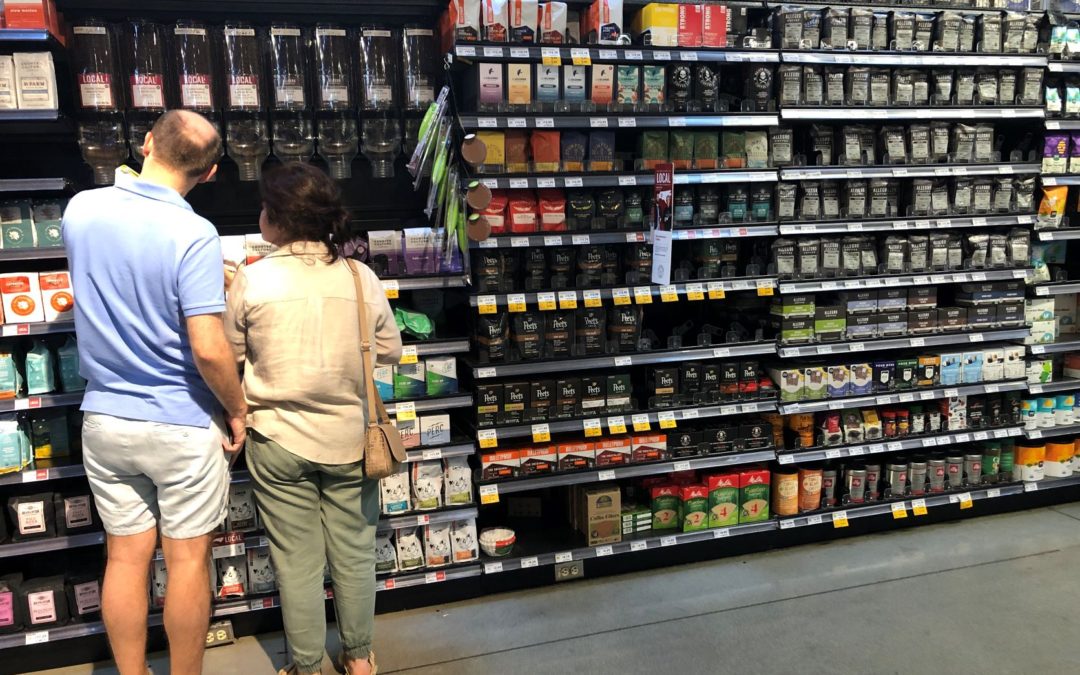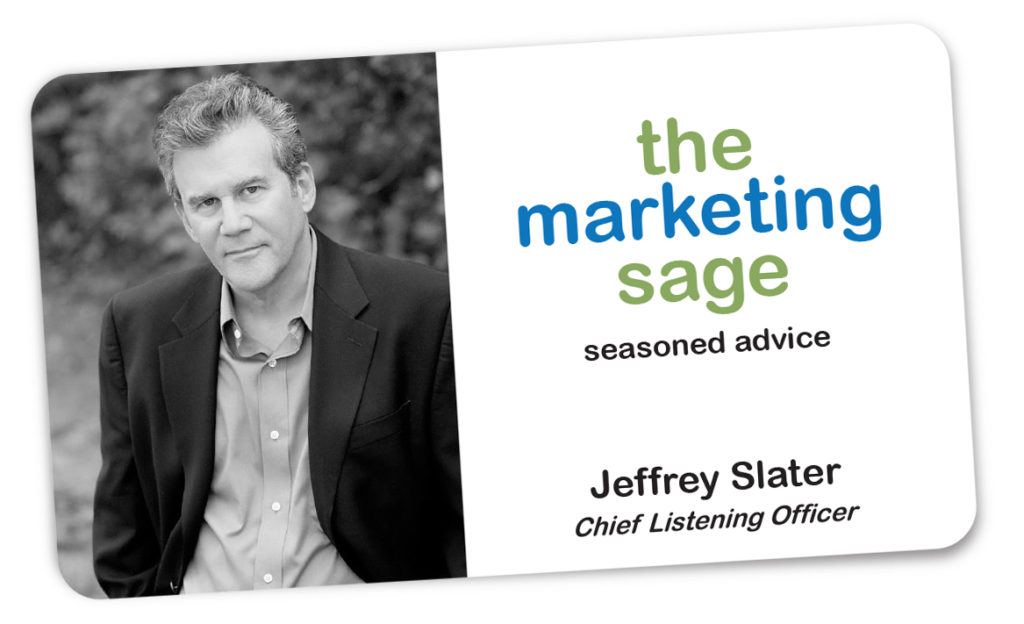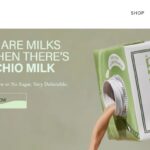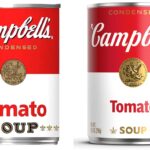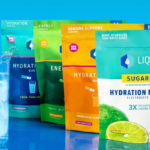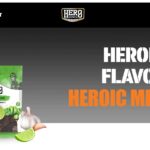Most Brands Give Too Much Choice
The typical supermarket sells 30,000 products. The big ones can have 60,000.
The amount of choice in some categories, like wine, cheese, and snacks, is overwhelming. Brands love to create line extensions – “now available in organic, GMO-free, all-natural strawberry flavor.” My head aches thinking about all the decisions.
Packaging geek alert.
In the coffee aisle, I counted 483 choices. That will wake you up and give you a jolt.
I shop every Sunday and typically enjoy it like some folks enjoy theme parks or roller coasters.
As a marketer, I love looking at options and offerings – seeing something new and clever on a package. I work with many foods and beverage companies, so shopping is necessary and part of my work. I’ll ask – what’s missing – how would I bring a new idea to a category?
Decisions, Decisions, Decisions
Last week I counted how many decisions or choices I made during my typical shopping trip to Whole Foods Market.
Sixty-seven.
I made sixty-seven choices among sizes, flavors, brands, private labels, and quantities. Yikes.
When I consciously noted these choices I typically make on autopilot, it struck me as absurd. I also looked at how few new things ended up in my cart versus things I habitually purchased. In fact, out of forty-seven items purchased, only three were new brands.
Remember that a brand and great packaging become a shorthand to help us make decisions. Here is a link to an earlier post about Nancy Frame’s work for Whole Foods’s 365 brand – she’s an incredible packaging designer.
Good | Better | Best
Business-to-business marketers also recognize that to stand out from the crowd, and the landscape is much more challenging today than just a decade ago. These B2B companies often don’t recognize how hard it is for potential customers to say YES.
By creating way too many product or service choices, prospects freeze. And they recognize that it is easy to bail versus make a choice. A confusing product architecture creates friction. And when friction occurs, people go somewhere else for a solution.
However, when you can bundle your offering so that the choice isn’t overwhelming, it helps to get someone to buy. Structuring products and services into just three packages at three levels is all the brain can handle.
- Do I need a premium version, or will the basic/good version suffice?
- Is there enough value between the middle and higher-end packages that makes it worthwhile?
- How much do I care for the added features of the middle and top levels?
Simple Advice
If you are in the B2B world, get feedback from prospects on various product structures. You may be too close to how your services are offered.
Do you need to give them twenty-seven choices, or would three make more sense?
Is a “deep bench” of offerings meaningful to your customers, or would a simplified bundle make sense? Are your customers looking for a bespoke, customized suit or something off the rack?
How do your clients or customers decide what to buy?
What’s the hierarchy of needs?
Your decisions are layered when you shop at a food store and recognize you are thirsty.
Think about being thirsty and all the unconscious decisions you go through.
I could buy from 83 categories, from sparkling water to ready-to-drink ice tea to tomato juice. Do I want sweet or tart or tangy or healthy? Flat or bubbly. With alcohol or not. How much do I want to spend? Is it a purchase for me or several drinking occasions? Will others in my household care or have different needs and preferences?
Map out the hierarchy of customers’ needs, so you understand what is most important to those you serve.
The best advice is to find a way to simplify decision-making based on customers’ needs and priorities.
A Real World Example
Last month I reviewed a software company’s product offerings and saw why they were struggling. The work required to understand the choices they offered was overwhelming. I read through their product page several times and had no idea how someone navigates this complexity.
So, we thought about jobs to be done – and who we served.
As we realized that much of what was offered was for much more advanced companies with significantly larger budgets, we scaled back to just two choices that we labeled The Starter and The Advanced. These names were placeholders – but helped us on our simplification path.
By labeling them, prospects could see themselves in one bucket versus another.
Choice, when simplified, can be your friend too.
You can set up a time to chat with me about your marketing challenges using my calendar. Email me jeffslater@themarketingsage.com Call me. 919 720 0995. The conversation is free, and we can explore if working together makes sense. Watch a short video about working with me.
